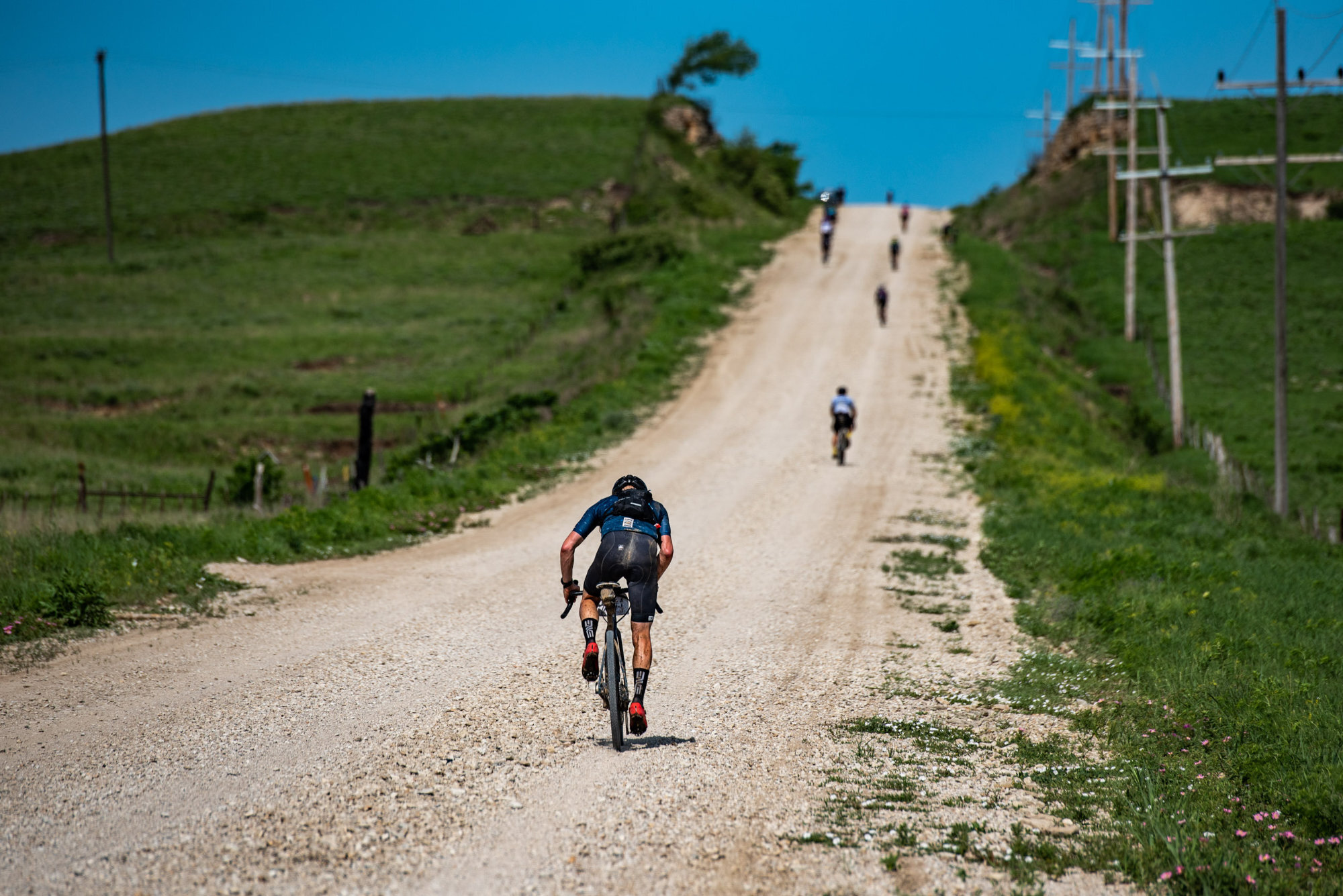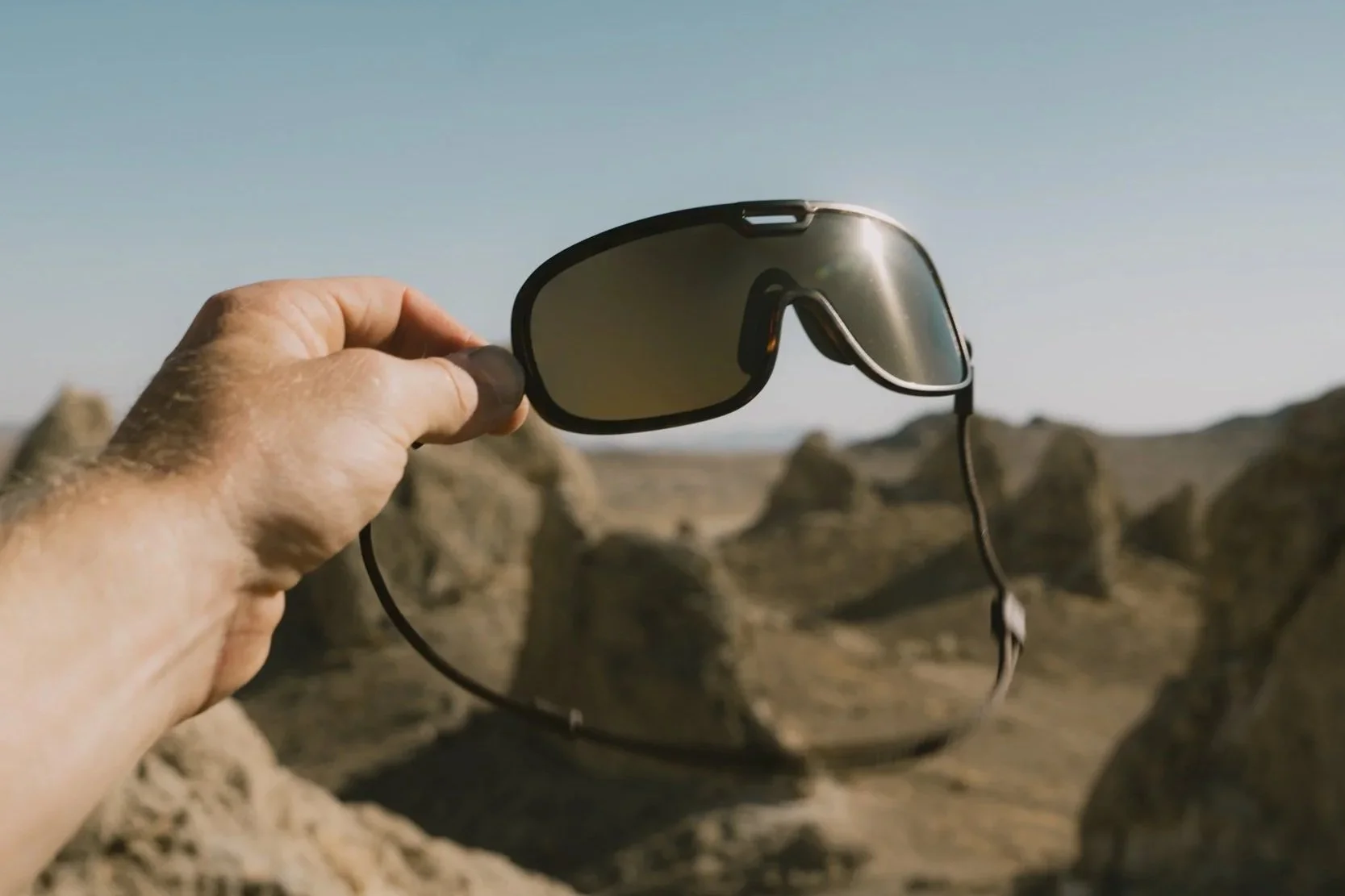The Secrets of UNBOUND Gravel with Neil Shirley
Today we are excited to share an interview with 5x finisher of the UNBOUND Gravel event, Neil Shirley, who shares with us some key insights into one of the world’s most iconic gravel races. And while there’s no shortage of information available on how to prepare, Neil offers a unique look at this race from a veteran’s perspective. All photos courtesy of ENVE Composites.
If there’s one thing you wish you knew before your first UNBOUND, what would it be?
Neil: Not to get too caught up in the race element and make sure to enjoy the experience. The start is hectic, but after the first 50 miles things relax and it’s such a great time to remember how fortunate we are to literally get to spend the entire day riding bikes. That’s a cool thing. Also, make sure you know how to use the navigation on your cycling computer since the course is not marked. The day of the race isn’t the time to learn how to use the navigation features.
Kansas is flat, right?
Neil: There will be times when you’re in the Flint Hills and you’re looking out as far as you can see, and all there are is roller after roller. It’s kind of a nice rhythm change going from flat to climbing to descending. Coming from the West Coast, I’d just always heard Kansas was flat, but I can assure, that’s not the case.
There seem to be two schools of thought on how much to carry with you. Some opt to bring the kitchen sink, while others go with an unsettling level of simplicity. What do you carry?
Neil: My first year of UNBOUND, I rode in a skinsuit and three water bottles - ready to get through the day on fitness alone. That didn’t go so well. Since then, I’ve realized that the ultimate goal is to finish, so being prepared with the basics to make that happen is important. For me, that’s a couple of Co2 cartridges, Lezyne mini pump, super glue (rather than tire plugs), Lezyne multi-tool with a chain tool, and spare link. It’s not too much, but just enough to get out of a jam.
Do you have any nutritional advice for those that haven’t spent double-digit hours in the saddle before?
Neil: I’m always amazed what happens to you after 8 hours and the foods you thought would be the fuel you needed for the day are no longer palatable. Taking in liquid calories for electrolytes is definitely crucial, as is eating solid foods whenever possible. I’m a big fan of First Endurance EFS and will mix that to get in 150 calories per hour. I’ll supplement the EFS with homemade granola bars for another 100-150 calories per hour. From there, I can adjust depending on how I’m feeling and if I am craving something different. I always make sure there is a wide range of food available at the checkpoints to ensure I have anything I might want.
What’s been the hardest part for you in the past, and how did you get through it?
Neil: Overcoming setbacks and not having the ability to perform up to the capacity you expect from yourself. I had to overcome mechanical mishaps my first couple of years, and that was hard knowing how much preparation went into the day. Ultimately, being mentally prepared to roll with the punches and staying committed to getting through the day regardless of what’s thrown at you is something you’ll reflect back on with a lot of pride. It can be easy to give up if you have an issue, especially if you have a specific performance goal, but that’s not at all what the spirit of the event and gravel riding, in general, is about.
Is there a perfect tire size for UNBOUND?
Neil: 40mm seems like the magic number to me. It has enough volume to deliver the comfort and impact protection I’m looking for, notably when using ENVE wheels with the Wide Hookless Bead rim technology. Tires are definitely not the place to look for weight savings at an event like UNBOUND considering how sharp the flint rocks are out on course.
What’s the difference between racing vs. riding in terms of what you bring or how you set up the bike?
Neil: What Colin experiences when he goes sub-10 hours compared to what the bottom half of the finishers do is almost two entirely different events. For someone anticipating a 16 or 17+ hour day, having a powerful headlight, a change of clothes at the last checkpoint in case it’s a muddy year, and a hydration pack that is 2-3 liters to ensure you have enough fluids between checkpoints is important.
Visit UNBOUND Gravel
Visit ENVE Composites
Follow Neil Shirley on Strava
Also check out ENVE’s Gravel Guide











